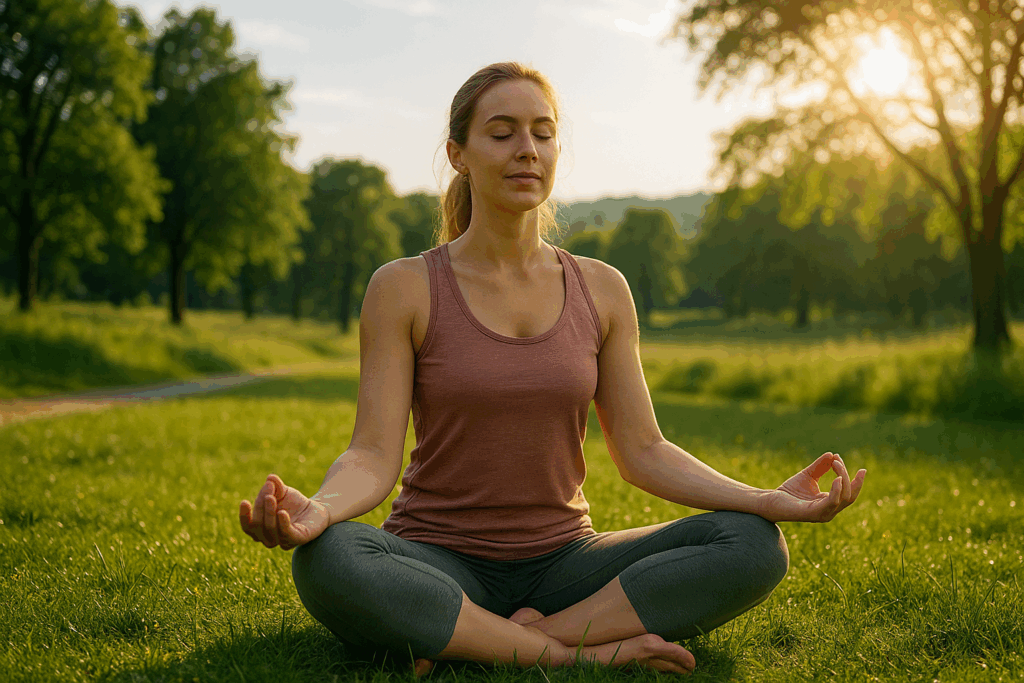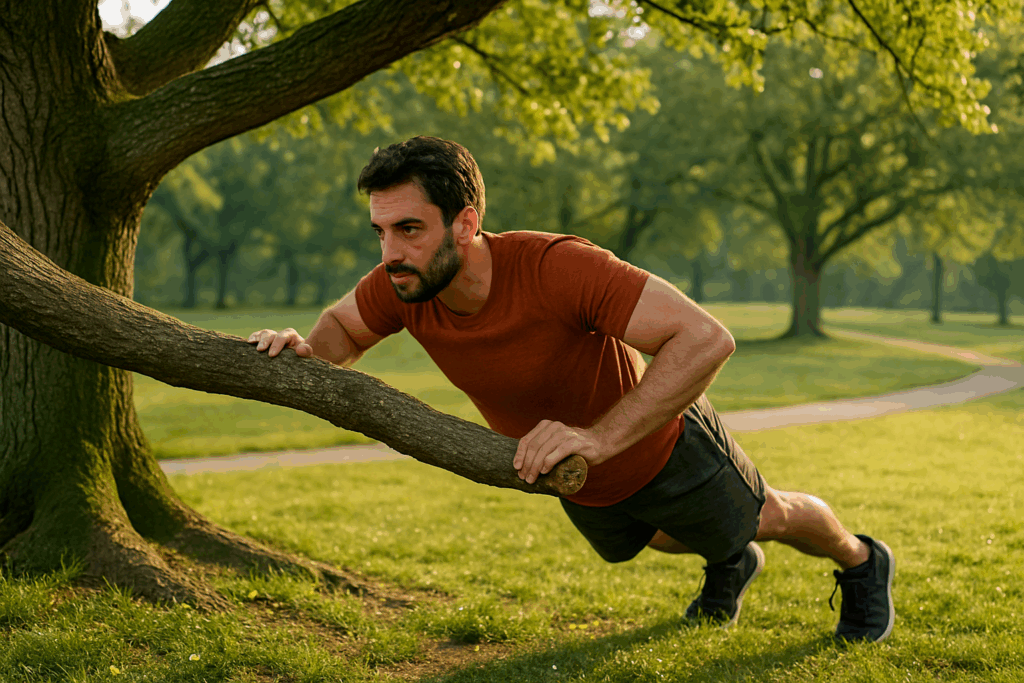Tired of stale air, fluorescent lighting, and crowded weight rooms? You’re not alone. As more people embrace holistic approaches to health, outdoor exercise has surged in popularity—and for good reason. Whether it’s a quick jog through the neighborhood, a sunrise yoga flow on the beach, or a high-intensity workout in the park, getting active outside offers unique physical and mental benefits that no treadmill can match.
Fresh Air, Fresh Perspective

There’s something powerful about stepping out into the open. Natural light plays a vital role in regulating your circadian rhythm, which helps you sleep better and feel more energized. The visual stimulation of green spaces has been shown to reduce stress and anxiety, lower blood pressure, and even improve cognitive function. Just being in nature can elevate your mood—but when you pair it with movement, the benefits multiply.
Unlike the repetitive motions of a gym routine, outdoor workouts offer variety and unpredictability. Trail runs, for example, challenge your mind to stay alert as you navigate changing terrain. A beach workout engages stabilizing muscles thanks to shifting sand, while the changing seasons and weather keep things dynamic. This kind of variety doesn’t just keep things interesting—it keeps your body adapting and improving.
Functional Fitness in the Wild

You don’t need fancy machines or a membership to get a great workout. Parks, playgrounds, and open fields offer plenty of natural equipment. Benches double as step-up platforms, tree branches can be used for pull-ups, and hills become built-in resistance tools. Bodyweight routines—like squats, lunges, planks, and pushups—become more engaging when done outside, where there’s more space and fewer distractions.
Incorporating outdoor workouts also builds functional strength and coordination. Uneven ground strengthens stabilizer muscles and improves balance. Wind resistance adds an extra challenge to cardio activities. Even walking on gravel or grass works your body in ways a treadmill can’t. These movements reflect real-life activities better than isolated gym exercises, helping you move more efficiently in daily life.
Making It a Habit That Sticks

The freedom and accessibility of outdoor fitness make it easier to build a lasting routine. There’s no commute, no schedule to follow, and often no cost. You can sneak in a workout on your lunch break, during your kid’s soccer practice, or even while walking the dog. That kind of flexibility increases consistency—which is key to seeing results over time.
Just as important, outdoor workouts tend to feel less like a chore. The natural environment stimulates your senses and offers mental release. Whether you’re watching a sunrise during your morning jog or listening to birds as you stretch post-run, there’s a built-in reward that keeps you coming back. And when your workout feels like a gift, not an obligation, you’re far more likely to stick with it.

